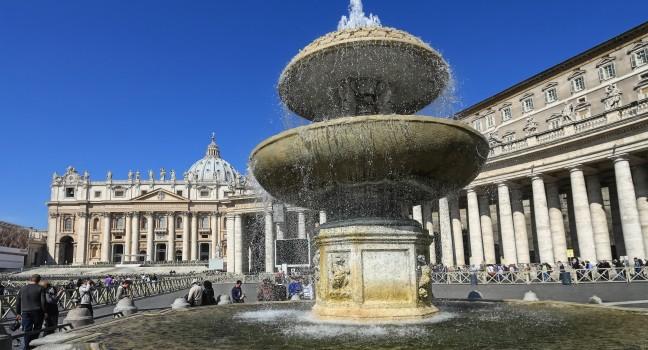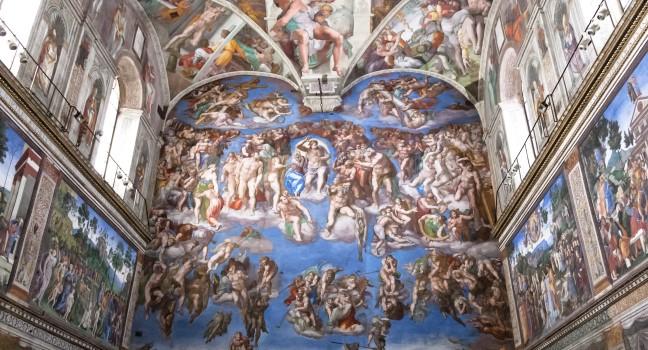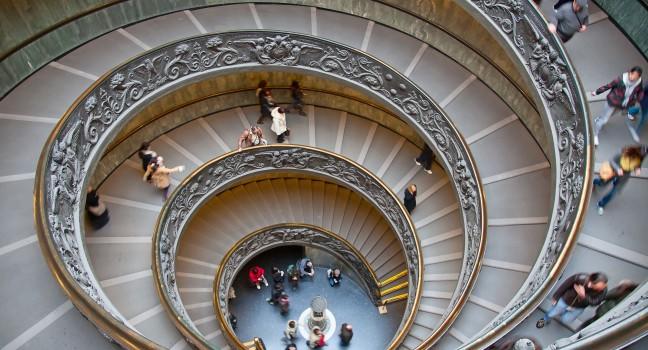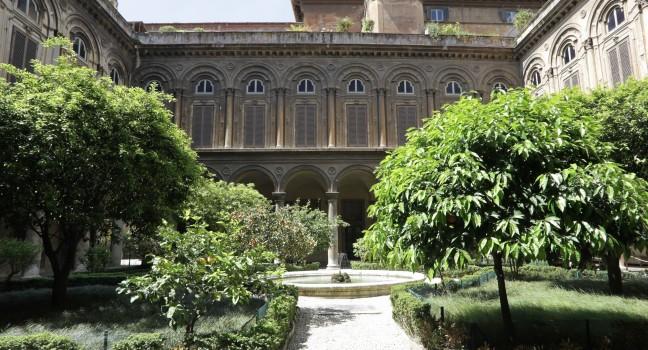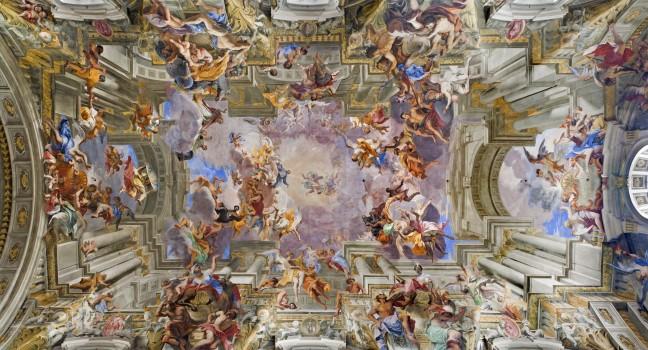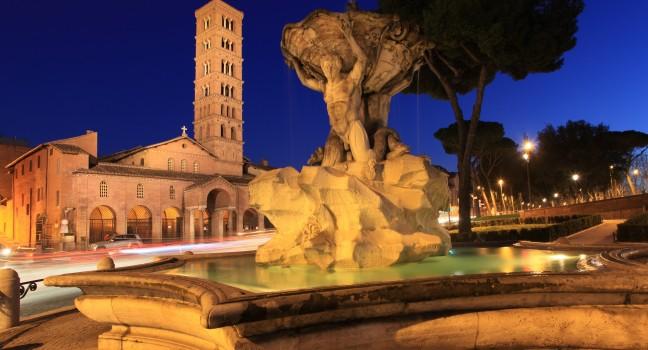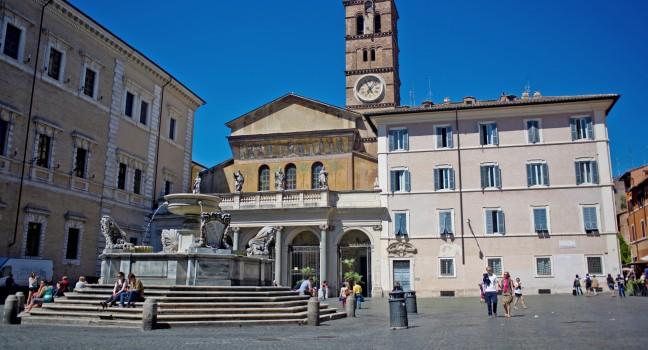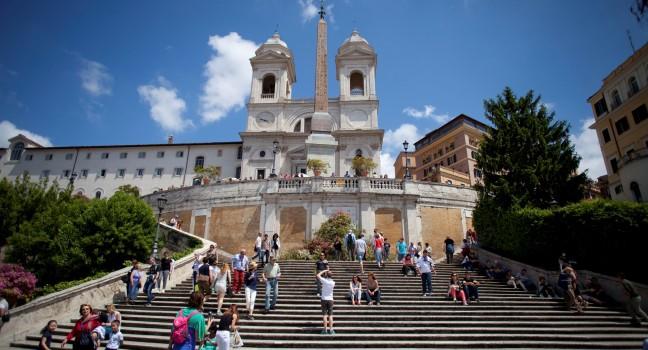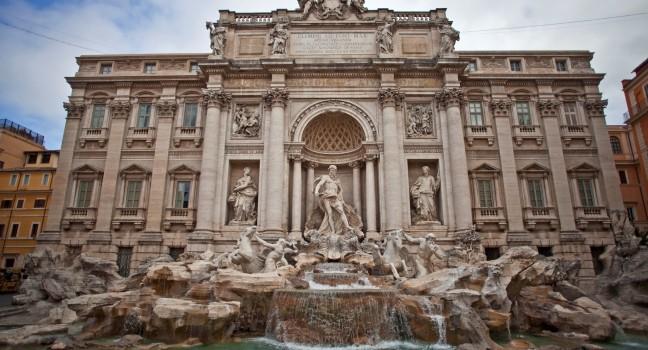Ara Pacis Augustae
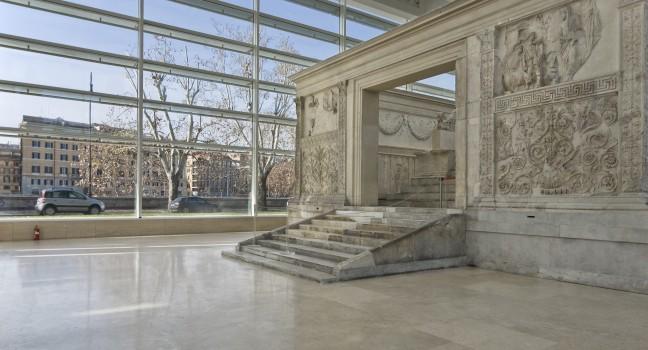
This pristine monument sits inside one of Rome's newer architectural landmarks: a gleaming, rectangular, glass-and-travertine structure designed by American architect Richard Meier. It overlooks the Tiber on one side and the ruins of the marble-clad Mausoleo di Augusto (Mausoleum of Augustus) on the other and is a serene, luminous oasis right in the center of Rome.
This altar itself dates from 13 BC and was commissioned to celebrate the Pax Romana, the era of peace ushered in by Augustus's military victories. When viewing it, keep in mind that the spectacular reliefs would have been painted in vibrant colors, now long gone. The reliefs on the short sides portray myths associated with Rome's founding and glory; those on the long sides display a procession of the imperial family. Although half of his body is missing, Augustus is identifiable as the first full figure at the procession's head on the south-side frieze; academics still argue over exact identifications of most of the figures. Be sure to check out the small downstairs museum, which hosts rotating exhibits on Italian culture, with themes ranging from design to film.


